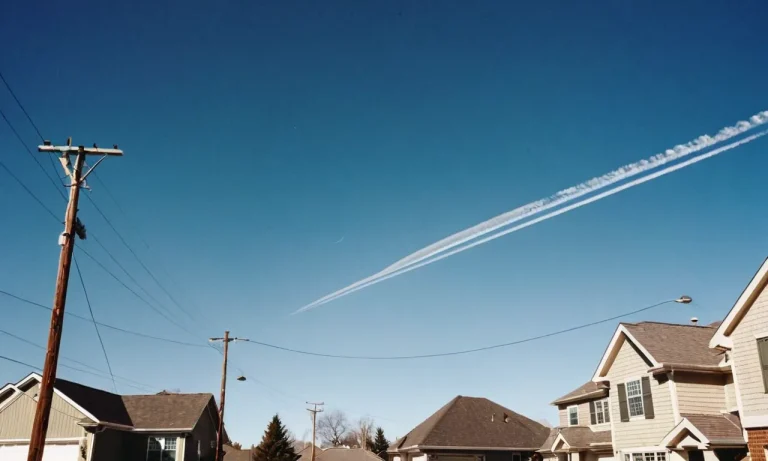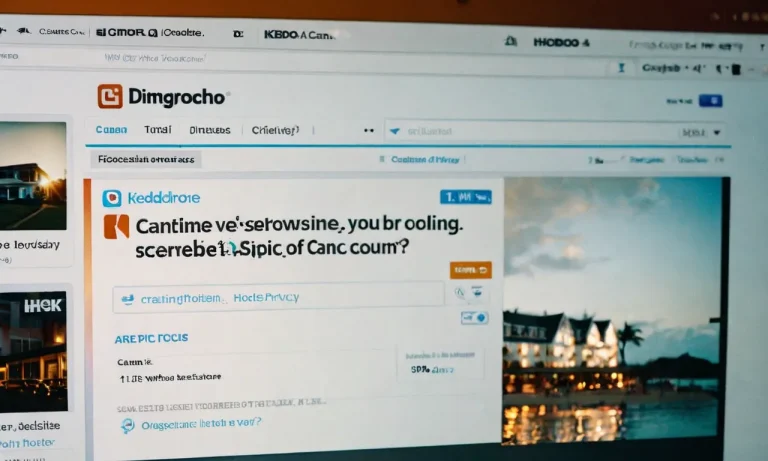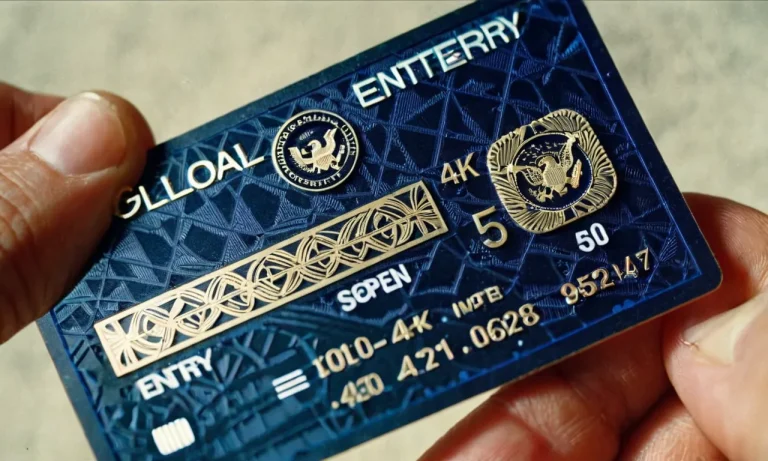Air Force One Tracker: Tracking The President’s Plane
Let’s talk about the Air Force One tracker. Have you ever looked up at a plane flying overhead and wondered if it was Air Force One? As the aircraft that transports the President of the United States, Air Force One generates significant interest regarding its flights.
If you’re short on time, here’s a quick answer: While Air Force One’s exact route and schedule are not made publicly available for security reasons, there are some trackers that provide estimates based on filed flight plans and public communications.
In this comprehensive guide, we’ll cover everything you need to know about tracking Air Force One, from why its schedule is confidential to the limitations trackers face when following its route.
Background on Air Force One
Air Force One is the official call sign for any United States Air Force aircraft carrying the President of the United States. It is primarily used to transport the President, but it can also transport other high-ranking government officials.
The aircraft used as Air Force One are typically Boeing 747s, although other aircraft can be designated as Air Force One if necessary. These planes are specially modified to meet the unique needs and security requirements of the President and his entourage.
The Call Sign and Aircraft Used
The call sign “Air Force One” was first used in 1953, during the presidency of Dwight D. Eisenhower. Since then, it has become synonymous with the President’s plane. The call sign is used to communicate with air traffic control and other aircraft while the President is on board.
The specific aircraft used by Air Force One are known as VC-25s, which are highly customized versions of the Boeing 747-200B model. These planes are equipped with advanced communication systems, defensive measures, and even a medical suite to ensure the safety and well-being of the President.
Why Exact Schedules and Routes Are Confidential
The exact schedules and routes of Air Force One are kept confidential for security reasons. The President’s safety is of utmost importance, and disclosing this information could potentially compromise security measures.
Keeping the schedules and routes confidential makes it more difficult for anyone with malicious intentions to plan an attack or intercept the aircraft.
Additionally, keeping the schedules and routes confidential allows the President to maintain flexibility in his travel plans. It allows for last-minute changes or adjustments to be made, ensuring that the President can effectively fulfill his duties and respond to any emerging situations.
It’s worth mentioning that while the schedules and routes are confidential, there are instances where certain information about Air Force One’s movements may be released to the public. This is usually done retroactively after the President has safely reached his destination.
This information is generally limited and does not provide specific details about the aircraft’s location or itinerary.
How Air Force One’s Route and Schedule Are Tracked
Tracking the President’s plane, Air Force One, is no easy task. From monitoring publicly available flight plans to decipher public statements made by officials, there are various methods used to track the route and schedule of this iconic aircraft.
Monitoring Publicly Available Flight Plans
One of the ways in which Air Force One’s route and schedule can be tracked is through monitoring publicly available flight plans. These flight plans, although not providing detailed information, can give an idea of the general direction and estimated time of arrival of the aircraft.
Aviation enthusiasts and plane spotters often keep a close eye on publicly accessible flight tracking websites, where they can find basic information about the flight, such as departure and arrival airports, as well as the estimated duration of the journey.
For more accurate information about Air Force One’s route, specialized flight tracking services that cater to government and military flights may be utilized. These services provide real-time tracking of the aircraft, allowing interested parties to follow its movements more closely.
However, access to such services is usually restricted to authorized personnel.
Using Public Statements to Guess the Schedule
Another approach to tracking Air Force One’s schedule involves analyzing public statements made by government officials. These statements, whether it be from the President, White House staff, or other sources, can provide hints about upcoming trips and events that may involve the use of Air Force One.
By paying close attention to speeches, press releases, and statements made by the administration, some keen observers have been able to make educated guesses about the President’s travel plans.
However, it’s important to note that these guesses are not always accurate, as the schedule of Air Force One is subject to change due to security concerns or unforeseen circumstances.
Limitations Trackers Face for Security Reasons
Tracking Air Force One is a challenging task, primarily due to security reasons. The aircraft’s route and schedule are closely guarded secrets to ensure the safety of the President and other individuals on board.
Government agencies responsible for the President’s security take extensive measures to protect the confidentiality of this information.
For this reason, trackers and enthusiasts face limitations when it comes to obtaining real-time data about Air Force One’s movements. The aircraft often operates under the call sign “Air Force One” only when the President is on board, making it difficult to track its flights accurately.
In addition, the use of specialized communication and navigation systems on Air Force One further complicates tracking efforts. These systems are designed to minimize the risk of interception and unauthorized access to the aircraft’s location.
Publicly Available Trackers and Resources
Key Trackers and What Information They Provide
When it comes to tracking the President’s plane, Air Force One, several publicly available trackers and resources can provide valuable information. One of the most popular trackers is FlightAware, a website that allows users to track flights in real time.
By entering the flight number or the aircraft’s registration number, users can see the current location of Air Force One, as well as its route and estimated arrival time.
FlightRadar24 is another widely used tracker that provides similar information. It not only shows the aircraft’s position but also includes details such as altitude and speed. This can be particularly fascinating for aviation enthusiasts who want to know every detail about the President’s plane.
In addition to these trackers, the Federal Aviation Administration (FAA) also provides a publicly accessible database called the Aircraft Situation Display to Industry (ASDI). This database offers real-time flight data, including Air Force One.
It gives users access to information such as the aircraft’s call sign, altitude, and ground speed.
FlightAware and FlightRadar24 also offer mobile apps, so you can easily track Air Force One on the go!
Other Resources for Learning About Flights
While trackers are a great way to keep tabs on Air Force One’s route and schedule, there are other resources available for those who want to delve deeper into the world of aviation. Aviation enthusiasts can visit websites like Planespotters.net or JetPhotos.com, where they can find detailed information about various aircraft, including Air Force One.
For those interested in the history of presidential flights, the National Archives and Records Administration (NARA) provides a wealth of information. Their website features documents, photographs, and videos related to Air Force One’s past and present operations.
Exploring these resources can offer a fascinating glimpse into the inner workings of presidential travel.
Furthermore, news outlets such as CNN, BBC, and The New York Times often cover significant events involving Air Force One. These sources provide up-to-date news articles and analysis on presidential flights, giving readers a comprehensive understanding of the President’s travel schedule.
Social media platforms like Twitter can also be valuable resources for tracking Air Force One. Many aviation enthusiasts and journalists share real-time updates and insights about the President’s plane, providing an additional layer of information for those following its journey.
Noteworthy Air Force One Flights
Longest Flights
Air Force One, the official aircraft of the President of the United States, has covered some impressive distances throughout its history. One of the longest flights ever recorded for Air Force One was when President Bill Clinton flew from Washington, D.C. to Sydney, Australia in 1996.
This flight covered a staggering distance of over 9,000 miles and lasted approximately 20 hours. The purpose of the trip was to attend the Asia-Pacific Economic Cooperation Forum.
Another noteworthy long-distance flight took place in 2016 when President Barack Obama traveled from Washington, D.C. to Hiroshima, Japan. This flight covered a distance of over 6,800 miles and marked the first time a sitting U.S. president visited Hiroshima, the site of the atomic bomb attack during World War II.
These long flights require careful planning and coordination to ensure the safety and comfort of the President and his staff. Air Force One is equipped with advanced technology and amenities to make these long journeys as smooth as possible.
Flights During Key Historical Moments
Air Force One has been involved in numerous historic moments throughout its existence. One such moment was when President George W. Bush used Air Force One as a mobile command center in the immediate aftermath of the September 11, 2001 terrorist attacks.
The President, along with his advisors, utilized the secure communication capabilities of the aircraft to coordinate the response and make crucial decisions.
Another notable flight occurred in 2008 when President-elect Barack Obama flew from Chicago to Washington, D.C. for his inauguration. This flight marked the transition of power from President George W. Bush to President-elect Obama and symbolized the peaceful transfer of power that is a cornerstone of American democracy.
These flights during key historical moments serve as a reminder of the significance and symbolism that Air Force One holds. It is not just a mode of transportation for the President, but also a symbol of the United States and its leadership.
Air Force One Tracker – Conclusion
While Air Force One’s exact route and schedule remain confidential, public trackers can provide estimates and guesses based on filed flight plans and public information. Understanding why secrecy is crucial for presidential flights allows for appreciating the limitations of tracking Air Force One.
With interest in the president’s aircraft remaining high, basic information about its flights will continue appearing through public communications and trackers.







